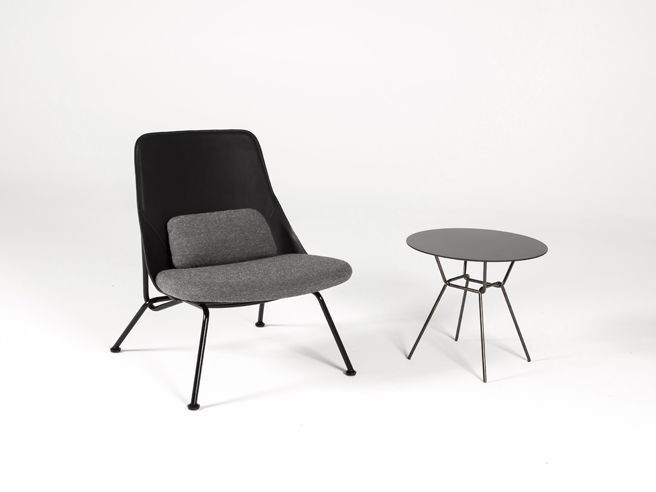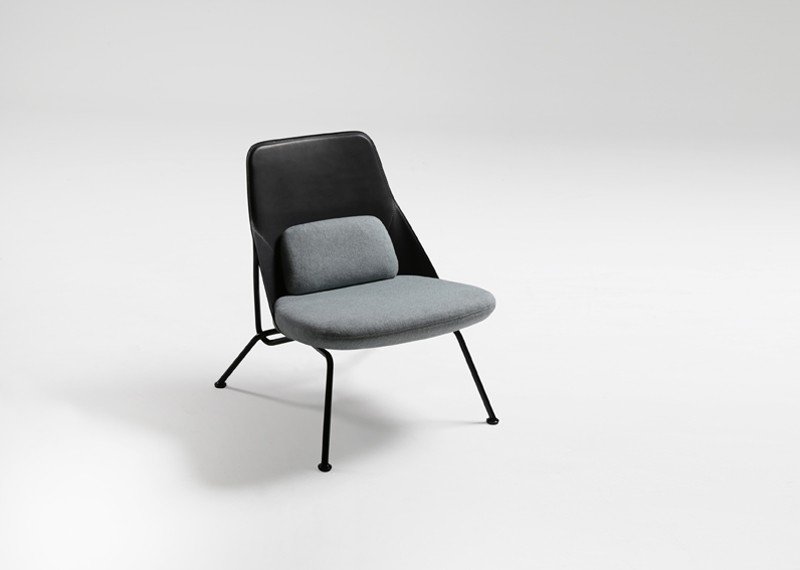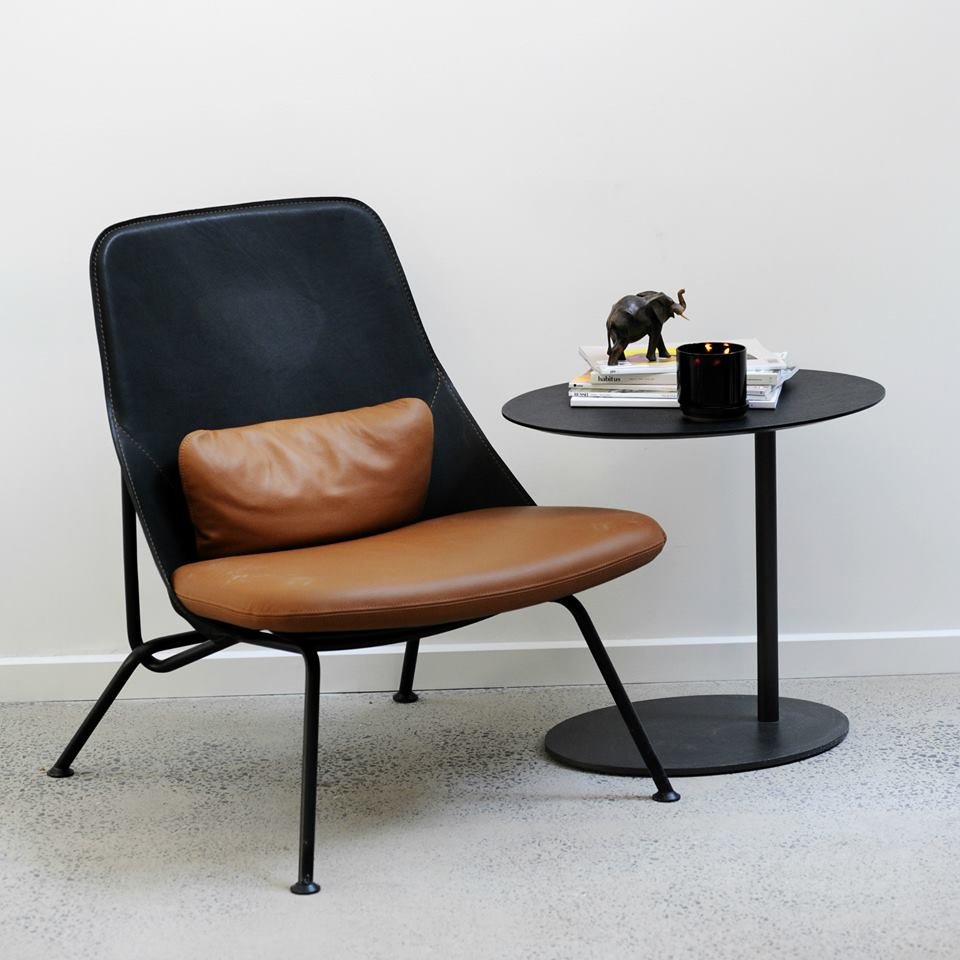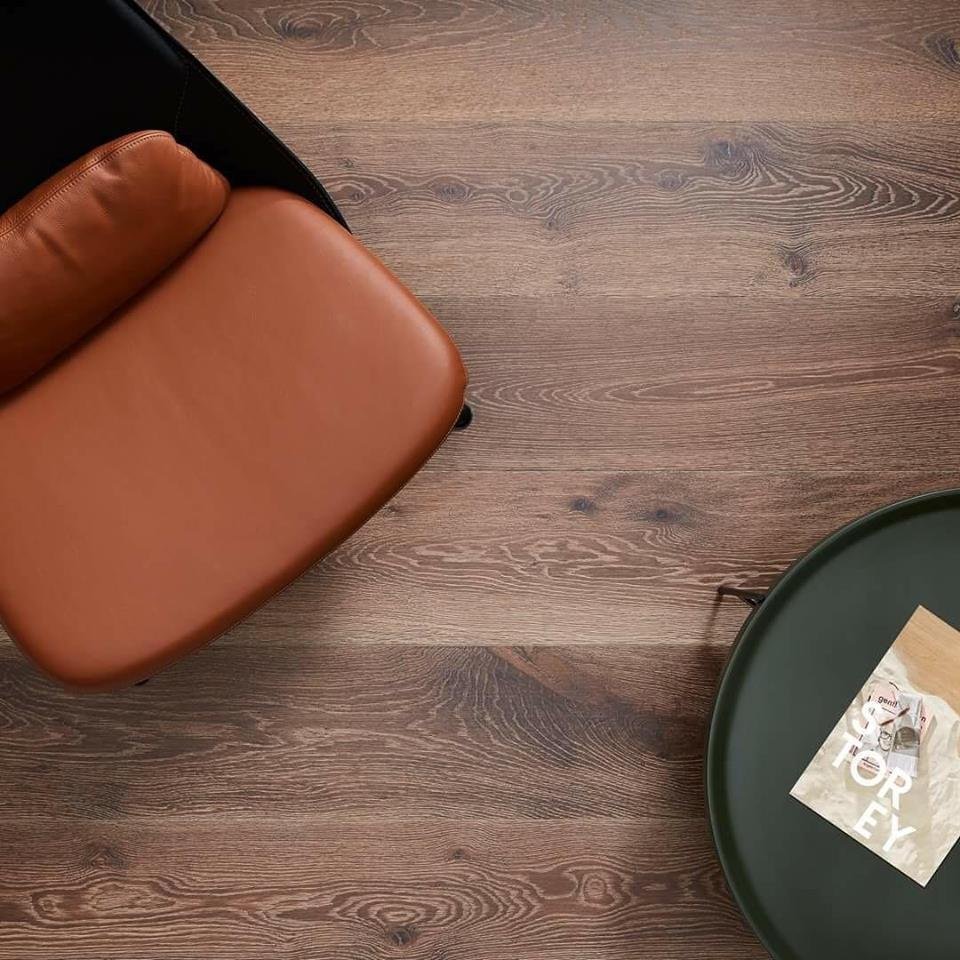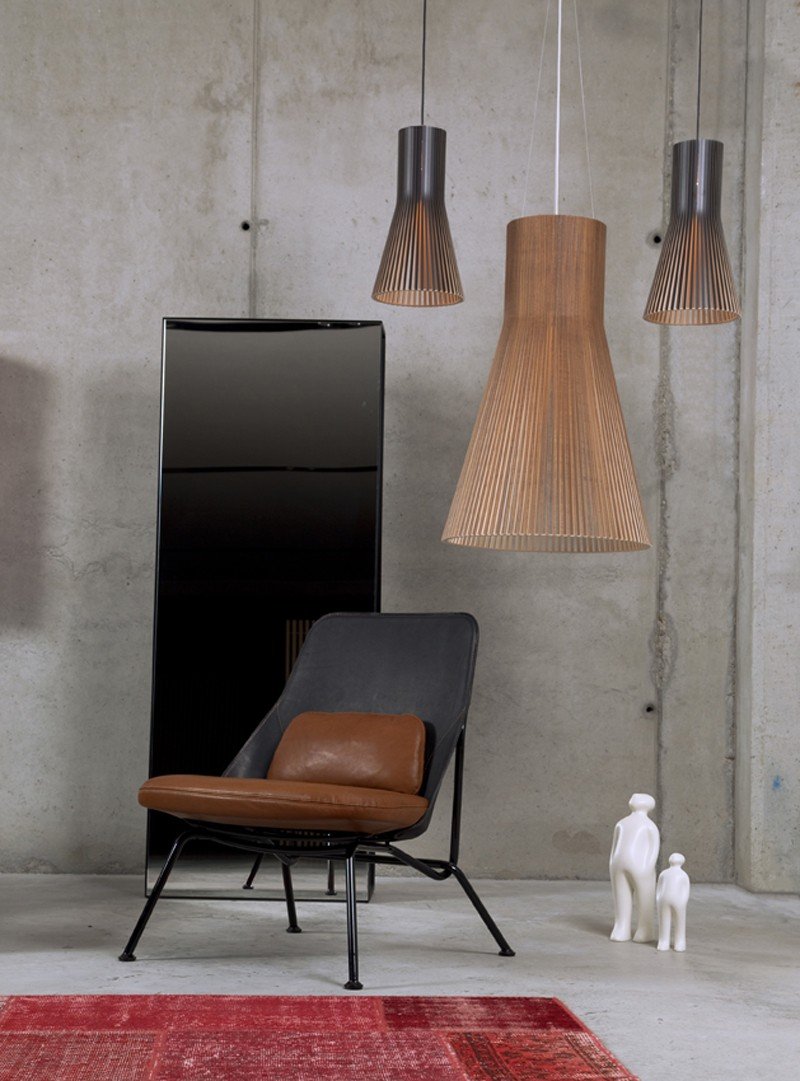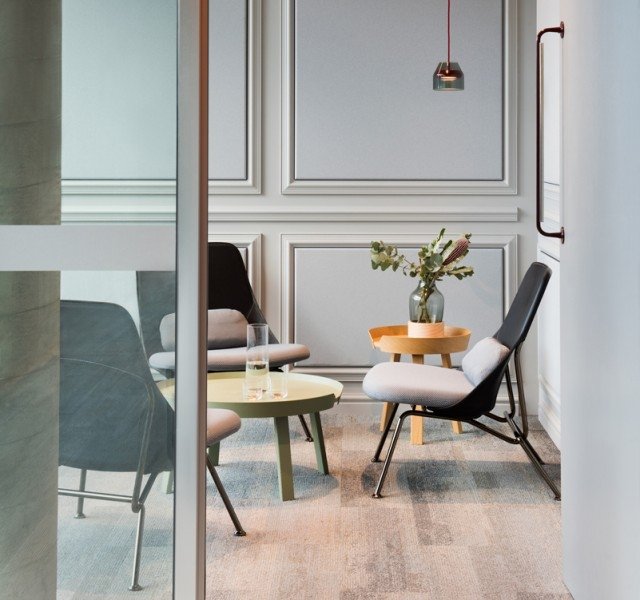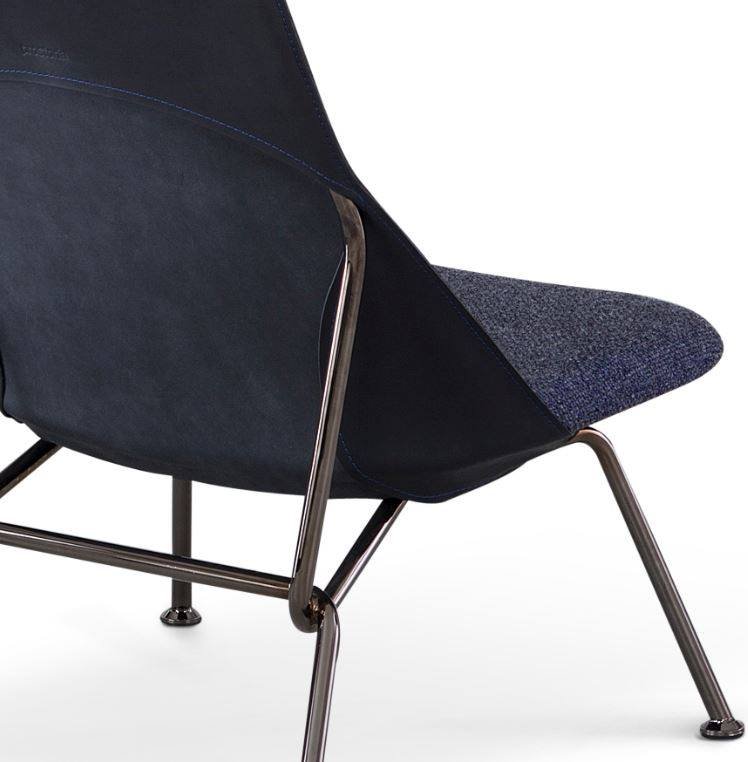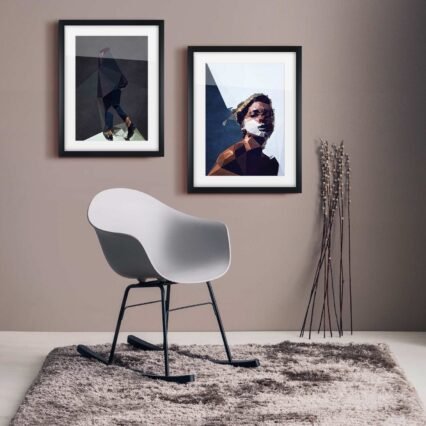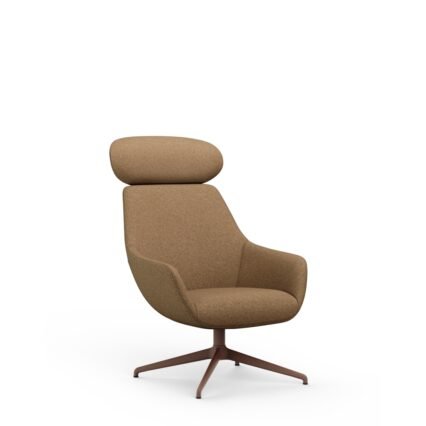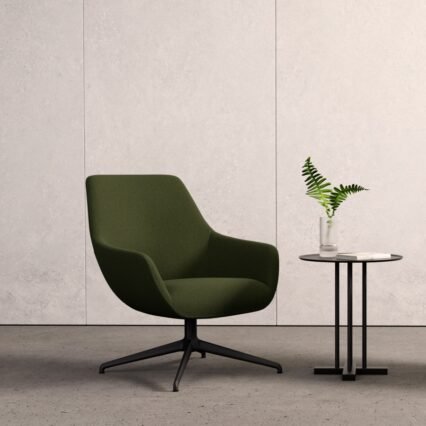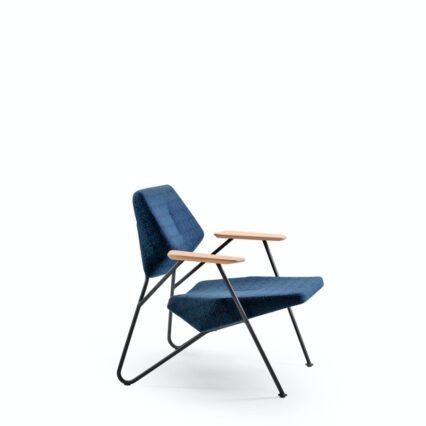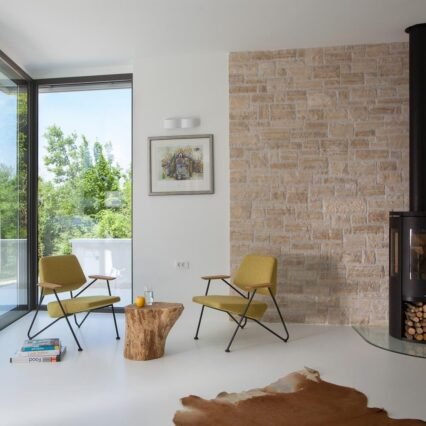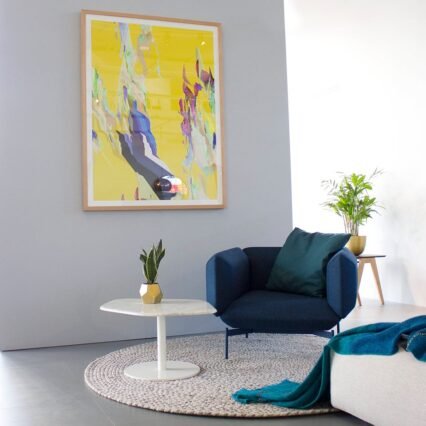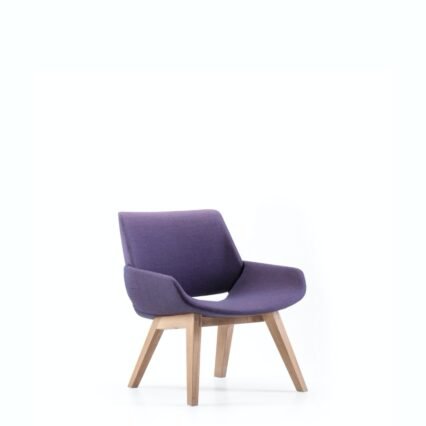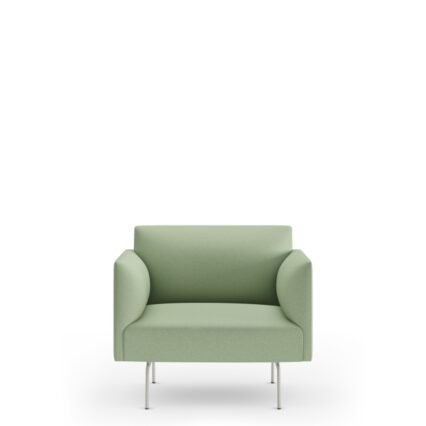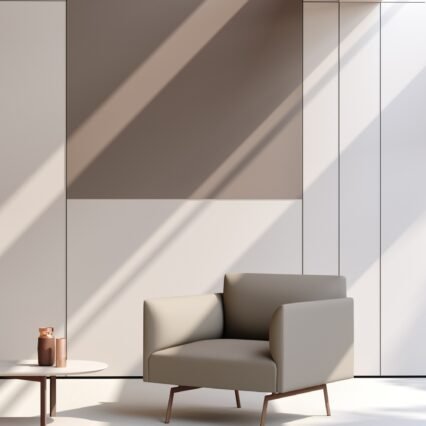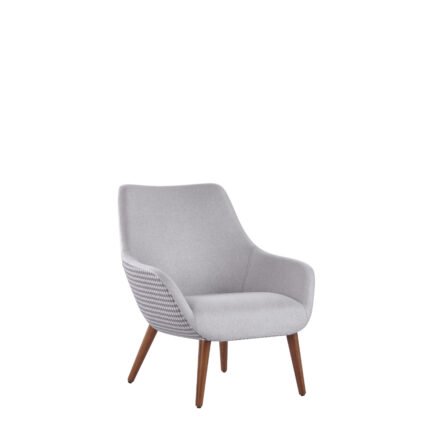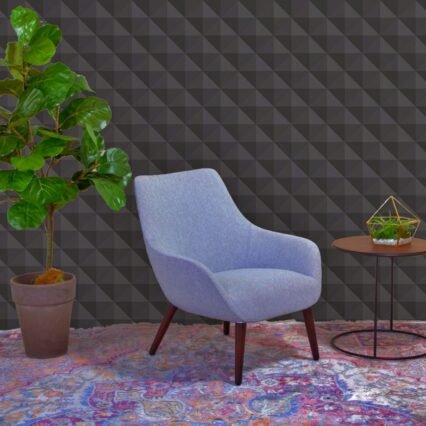PRODUCT INFORMATION
Despite its visual lightness, Strain provides comfort expected from large dimension sofas thanks to the seat with elastic bands support, stretched backrest shell, and free lumbar cushion which further eases various sitting possibilities. The seat cushion and the backrest shell tailored from a twodimensional plate are put on a complex metal structure, and the form is obtained by stretching from the top of the structure to the bottom of the seat.
Features
Seat: HR foam
Backrest: leather (black or brown)
Cushion: feather
Base: metal tube Ø 20 mm + powder coating
Upholstery: fabric / leather
Dimensions
26″w | 31.5″h | 27″ d | 16.5″ sh
The dimensions provided below are in centimeters.
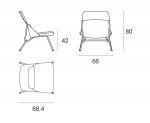
COM/COL Yardage
Kindly contact our sales office for details on COM/COL yardage information.
The Prostoria Strain collection is crafted on a made-to-order basis, with lead times 12-14 weeks.
Please contact our sales office for COM/COL order details.
Applied to all metal parts. All colors listed below are from the RAL catalog.
Copmpact laminate (HPL) used on table tops. These table tops also suitable for outdoor use.
Lacquer finish used on table tops and wooden chair and sofa legs.
Fenix used on the table tops.
Used on table tops and cabinet shelves.
GALLERY
VARIANTS
DOWNLOADS
Strain Lounge Chair | By Simon Morasi Piperčić
Despite its visual lightness, Strain provides comfort expected from large dimension sofas thanks to the seat with elastic bands support, stretched backrest shell, and free lumbar cushion which further eases various sitting possibilities. The seat cushion and the backrest shell tailored from a twodimensional plate are put on a complex metal structure, and the form is obtained by stretching from the top of the structure to the bottom of the seat.
Technical Info
Suspension: elastic webbing
Seat: HR foam
Backrest: leather (black or brown)
Cushion: feather
Base: metal tube Ø 20 mm + powder coating
Upholstery: fabric / leather
Dimensions
- 26″w | 31.5″h | 27″ d | 16.5″ sh


Simon Morasi Piperčić
Established in ’13, Simon Morasi Piperčić is a Zagreb-based design office that works on various projects ranging from furniture and spatial design to site-specific installations, art direction, and design consultancy.
The distinctive identity of the studio lies in the intercultural space between elitism and egalitarianism, exclusivity and inclusiveness, avant-garde experiments, and highly marketable products, which has helped the team to successfully build a specific position easily recognizable in the global professional context.
The office has been granted with some of the most highly considered awards – German Design Award in 2017, Red Dot in ’13 and ’15 and Interior Innovation award in ’15. In ’14, they were a part of the team that designed Croatian pavilion at the Venice architecture biennale. Their work was published in several renowned magazines (Dezeen, Domus, Frame, Designboom, etc.) and exhibited worldwide.
Prostoria
We tend to perceive furniture as something abstract, created on designers’ desks and then produced, branded and placed on the market by companies with different statuses and reputations. In fact, relations inside the contemporary globalized furniture industry are becoming more and more fragmented with less and less opportunity for complete dedication to synergies and collaborations… Prostoria, as a young company whose catalogue already comprises some new icons such as the Polygon armchair and the Revolve transformable sofa, stands as an example of a different and more traditional approach based on the evolution from the local factuality and logical clustering of all actors involved in the production process.
Rapid development of Prostoria, formerly known as Kvadra, a company which has come a long way, from “starting from zero” to positioning itself as the leader and promoter of new ideas in only a few years time, is a story about the reintroduction of continuity both in Croatia and Central Europe, a region with vital but insufficiently recognized design scene and remarkable tradition and knowledge of the furniture industry. Those elements served as latent potentials that provided grounds for continuation and had to be activated.
Since the beginning, Prostoria has been developing an integrative approach, functioning as a collaboration platform that nourishes and stimulates continuous exchange of knowledge and experience between all the actors participating in the production of furniture. A dynamic workshop ambience has been created offering opportunities mainly to young designers to explore their ideas in excellent conditions and bring them to the highest level of design, functionality and technological artisanship. Many products have been developed over longer periods of time surpassing a number of iterations until reaching their final form, which would be impossible without the adequate support combining the contemporary technology and meticulous craftsmanship and handwork of the highest quality. Predominantly local materials are used, especially solid wood, and most of the production takes place within the company itself or in collaboration with local cooperatives.
While the company’s catalogue also offers furniture based on tested models, Prostoria shows strategic and even passionate dedication to research-based design, convinced that authenticity has its place on the market but presents a special challenge in the times when it seems almost impossible to create truly innovative and fresh concepts. For that reason, Prostoria’s social responsibility and specific position have to be observed as a contribution to the evolution of design and readiness to take the risk in order to reach new values for the benefit of users and the culture. Thus, Prostoria stands as a project inside of which designers grow together with the company on the grounds of mutual trust and shared goals.









